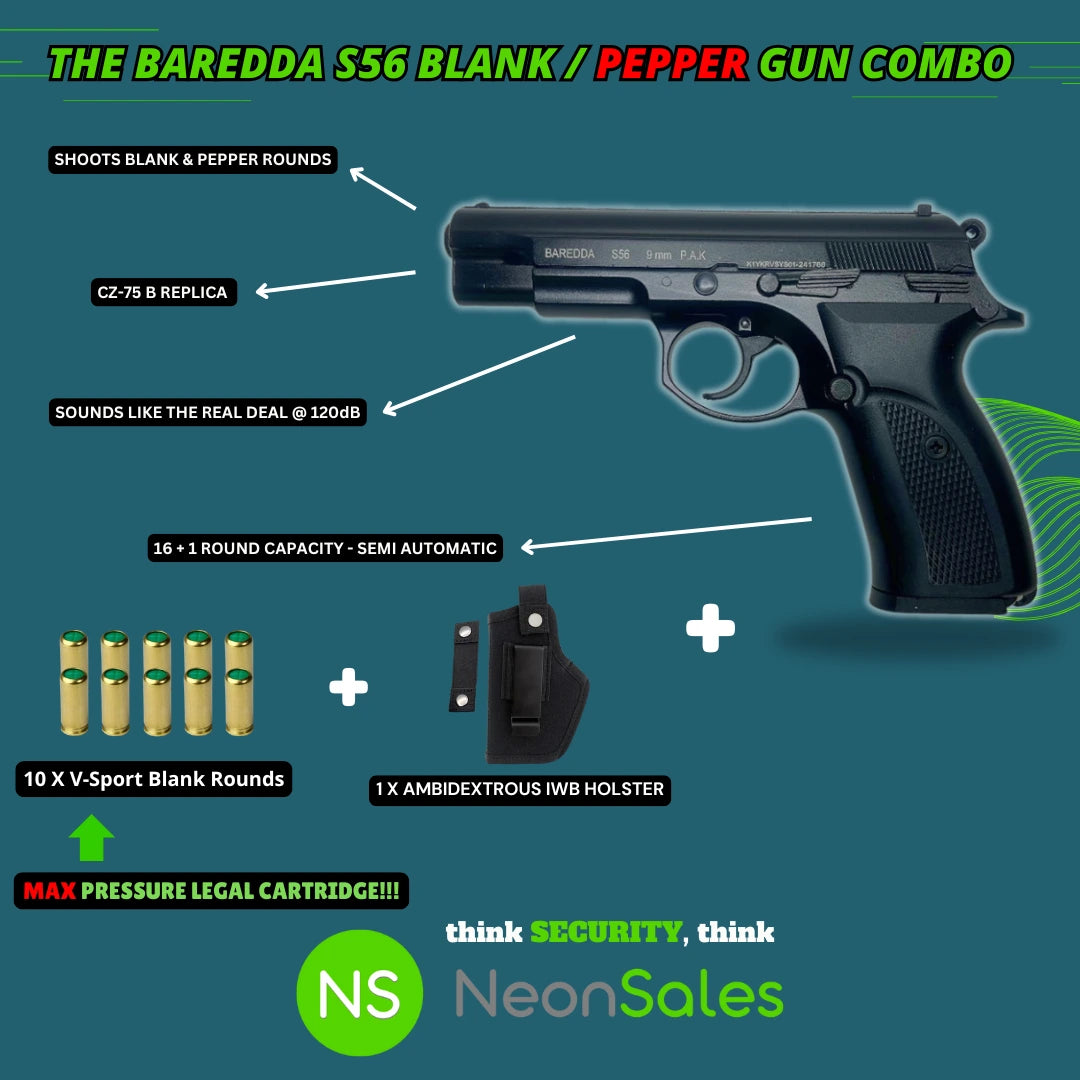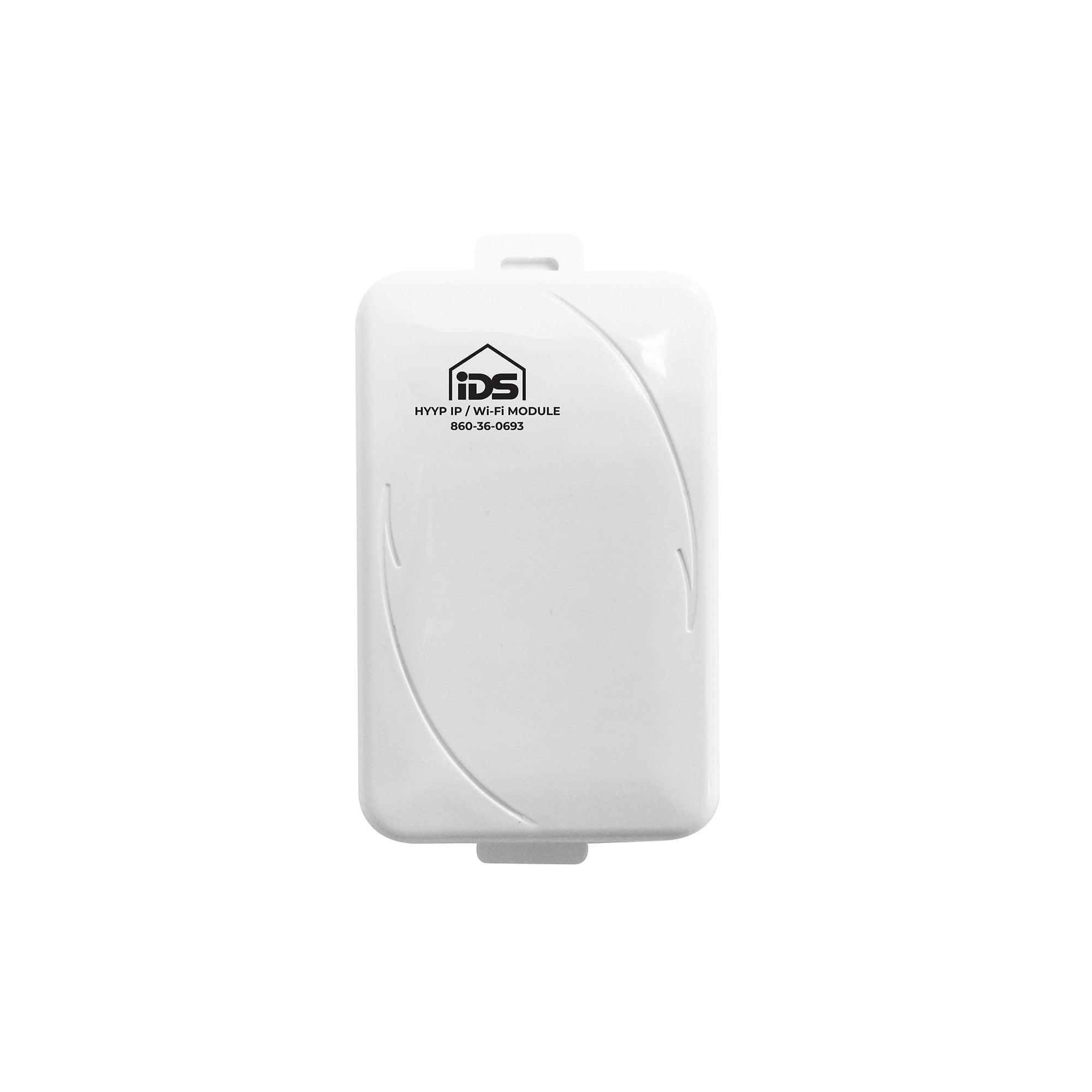We normally supply these tanks filled.
DOT-stamped 3000 PSI / 206.84 BAR high pressure air recepticle, manufactured from aluminium. The tank is regulated as well (please defer to the exploded part view diagram in thew gallery lineup).
a Set of burst discs are installed on the tank as well, respectively 5k (5000 PSI) for the recepticle and 1.8k (1800 PSI) on the regulator. If the copper disc inside has bursted, the in the recepticle will escape out the hole in the burst disc. Naturally, if your tank is empty and you try to refill it, but it doesn't refill, just check the holes on the burst discs respectively and see if one of those may have went. You can easily replace it yourself by purchasing a spare from us and just swopping it out using a small adjustable wrench. The hexagon shape does not conform to metric standard, so if you have an SAE spanner / socket set, you can use the 3/8" sized one.
The guage sits under the regulator bonnet, threaded in w/ blue thread adhesive. The numbers of course, should be multiplied by 1000 to get the actual reading. Please only fill to 3000 PSI. You can fill slightly over to accomodate for pressure drop, as the hot compressed air cools down to room temperature. The guage can be removed using a #21 metric spanner / socket.
On the other side, you have your 1/8" NPT threaded male Q/C fitting w/ rubber sock. This is a non-return type. If air leaks out here, likely the O-ring on the spring-loaded piston head has acquired damage / has deformed / shrunk, and needs to be replaced. We stock the entirety of this part if interested -
MALE Q/C NON-RETURN (BRASS FILTER) X MALE 1/8" BSP
(Search this in our listings)
This of course can be toggled using a 7/16" wrench / socket.
The threading of the valve otherwise is your typical 5/8-18 UNF male that corresponds w/ the Air Source Adapter (ASA) on your paintball marker, allowing it to be threaded onto the marker and the pinhead be pressed in to open the gas valve via the regulator.
A robust yellow plastic cap is supplied w/ this tank to protect the threads / ward off dust, and we advise against discarding this protective cap.
As for the regulator - a size 26 spanner will be your friend here. Just be sure that the tank is empty first / unpressurized, then remove the pair of 5/64" drive grub screws, whereafter this bonnet can then be removed. Please pay close attention to how you strip the regulator and consult the exploded parts diagram if you forgot what came where and may experience trouble reassembling the regulator.
The reason for disassembling the regulator here, is to tune it (up or down).
On factory setting, the tank sits at about 850 PSI (58.6 BAR) and will be unable to effect sufficient blowback for certain SPYDER markers w/ our beast of an ASSAULT spring installed. In fact, such a marker won't even fire properly and will instead, just make a loud buzz saw noise whilst wasting all the pressurized air as the bolt runs fully automatic, unable to climb onto the sear.
Just watch out that you do not push the regulator too far though. The burst disc will fail @ 1800 PSI (124.1 BAR), so try to max your pressure at around 1200 PSI to be safe. Also bear in mind that this is a 0.79 L recepticle (790 cc) and for the most part, you'll be firing semi-automatic and before long, if not careful, your tank might drop from 3000 to 2000 PSI before you know it.. So please keep air economy in mind too!
In terms of HOW to adjust the regulator - it is a bit touch & go - there is no knob or dial / clear user interface w/ which to toggle it with. You can just swop the STACK WASHERS (Part 20) out w/ thicker ones, for more compressive force on the belleville washer stack. Just be precise - try to use the same OD/ID washers and make sure its solid stainless steel - avoid galvinized washers as they will eventually rust - compressed air, especially rich w/ humidity, create alot of perspiration.
If not perfectly confident in doing it, please do some further research on YOUTUBE on how to do it until you're confident that you'll be able to do the entirety of the job properly yourself.
We hope this helps you guys out there and convinces more paintball marker owners to transition to HPA instead of CO2;
- CO2 is a dirty gas - leaves carbon residue inside your marker which can cause the internal moving parts to start operating sub-optimally.
- CO2 is ambient temperature and pressure affected. Likewise, the faster you shoot w/ CO2, the more likely you are to push dry ice through your marker
- CO2 has a love-hate relationship with seals - We can almost guarentee a shortened lifespan of your O-rings if you use CO2 for a prolonged period of time
- CO2 tanks need to be refilled from a bulk-fill tank w/ a filling station. For the average person like you and us - this can cost us a bit. On the other hand, an HPA tank be refilled w/ a simple PCP handpump or 250 BAR compressor.
Technical Specifications;
|
Dimensions (mm) |
|
|
Diameter |
91ø |
|
Height; |
|
|
Base |
Rounded |
|
Weight (g) |
|
|
Tank when; |
|
We normally supply these tanks filled.
DOT-stamped 3000 PSI / 206.84 BAR high pressure air recepticle, manufactured from aluminium. The tank is regulated as well (please defer to the exploded part view diagram in thew gallery lineup).
a Set of burst discs are installed on the tank as well, respectively 5k (5000 PSI) for the recepticle and 1.8k (1800 PSI) on the regulator. If the copper disc inside has bursted, the in the recepticle will escape out the hole in the burst disc. Naturally, if your tank is empty and you try to refill it, but it doesn't refill, just check the holes on the burst discs respectively and see if one of those may have went. You can easily replace it yourself by purchasing a spare from us and just swopping it out using a small adjustable wrench. The hexagon shape does not conform to metric standard, so if you have an SAE spanner / socket set, you can use the 3/8" sized one.
The guage sits under the regulator bonnet, threaded in w/ blue thread adhesive. The numbers of course, should be multiplied by 1000 to get the actual reading. Please only fill to 3000 PSI. You can fill slightly over to accomodate for pressure drop, as the hot compressed air cools down to room temperature. The guage can be removed using a #21 metric spanner / socket.
On the other side, you have your 1/8" NPT threaded male Q/C fitting w/ rubber sock. This is a non-return type. If air leaks out here, likely the O-ring on the spring-loaded piston head has acquired damage / has deformed / shrunk, and needs to be replaced. We stock the entirety of this part if interested -
MALE Q/C NON-RETURN (BRASS FILTER) X MALE 1/8" BSP
(Search this in our listings)
This of course can be toggled using a 7/16" wrench / socket.
The threading of the valve otherwise is your typical 5/8-18 UNF male that corresponds w/ the Air Source Adapter (ASA) on your paintball marker, allowing it to be threaded onto the marker and the pinhead be pressed in to open the gas valve via the regulator.
A robust yellow plastic cap is supplied w/ this tank to protect the threads / ward off dust, and we advise against discarding this protective cap.
As for the regulator - a size 26 spanner will be your friend here. Just be sure that the tank is empty first / unpressurized, then remove the pair of 5/64" drive grub screws, whereafter this bonnet can then be removed. Please pay close attention to how you strip the regulator and consult the exploded parts diagram if you forgot what came where and may experience trouble reassembling the regulator.
The reason for disassembling the regulator here, is to tune it (up or down).
On factory setting, the tank sits at about 850 PSI (58.6 BAR) and will be unable to effect sufficient blowback for certain SPYDER markers w/ our beast of an ASSAULT spring installed. In fact, such a marker won't even fire properly and will instead, just make a loud buzz saw noise whilst wasting all the pressurized air as the bolt runs fully automatic, unable to climb onto the sear.
Just watch out that you do not push the regulator too far though. The burst disc will fail @ 1800 PSI (124.1 BAR), so try to max your pressure at around 1200 PSI to be safe. Also bear in mind that this is a 0.79 L recepticle (790 cc) and for the most part, you'll be firing semi-automatic and before long, if not careful, your tank might drop from 3000 to 2000 PSI before you know it.. So please keep air economy in mind too!
In terms of HOW to adjust the regulator - it is a bit touch & go - there is no knob or dial / clear user interface w/ which to toggle it with. You can just swop the STACK WASHERS (Part 20) out w/ thicker ones, for more compressive force on the belleville washer stack. Just be precise - try to use the same OD/ID washers and make sure its solid stainless steel - avoid galvinized washers as they will eventually rust - compressed air, especially rich w/ humidity, create alot of perspiration.
If not perfectly confident in doing it, please do some further research on YOUTUBE on how to do it until you're confident that you'll be able to do the entirety of the job properly yourself.
We hope this helps you guys out there and convinces more paintball marker owners to transition to HPA instead of CO2;
- CO2 is a dirty gas - leaves carbon residue inside your marker which can cause the internal moving parts to start operating sub-optimally.
- CO2 is ambient temperature and pressure affected. Likewise, the faster you shoot w/ CO2, the more likely you are to push dry ice through your marker
- CO2 has a love-hate relationship with seals - We can almost guarentee a shortened lifespan of your O-rings if you use CO2 for a prolonged period of time
- CO2 tanks need to be refilled from a bulk-fill tank w/ a filling station. For the average person like you and us - this can cost us a bit. On the other hand, an HPA tank be refilled w/ a simple PCP handpump or 250 BAR compressor.
Technical Specifications;
|
Dimensions (mm) |
|
|
Diameter |
91ø |
|
Height; |
|
|
Base |
Rounded |
|
Weight (g) |
|
|
Tank when; |
|








































































































Share and get 15% off!
Simply share this product on one of the following social networks and you will unlock 15% off!